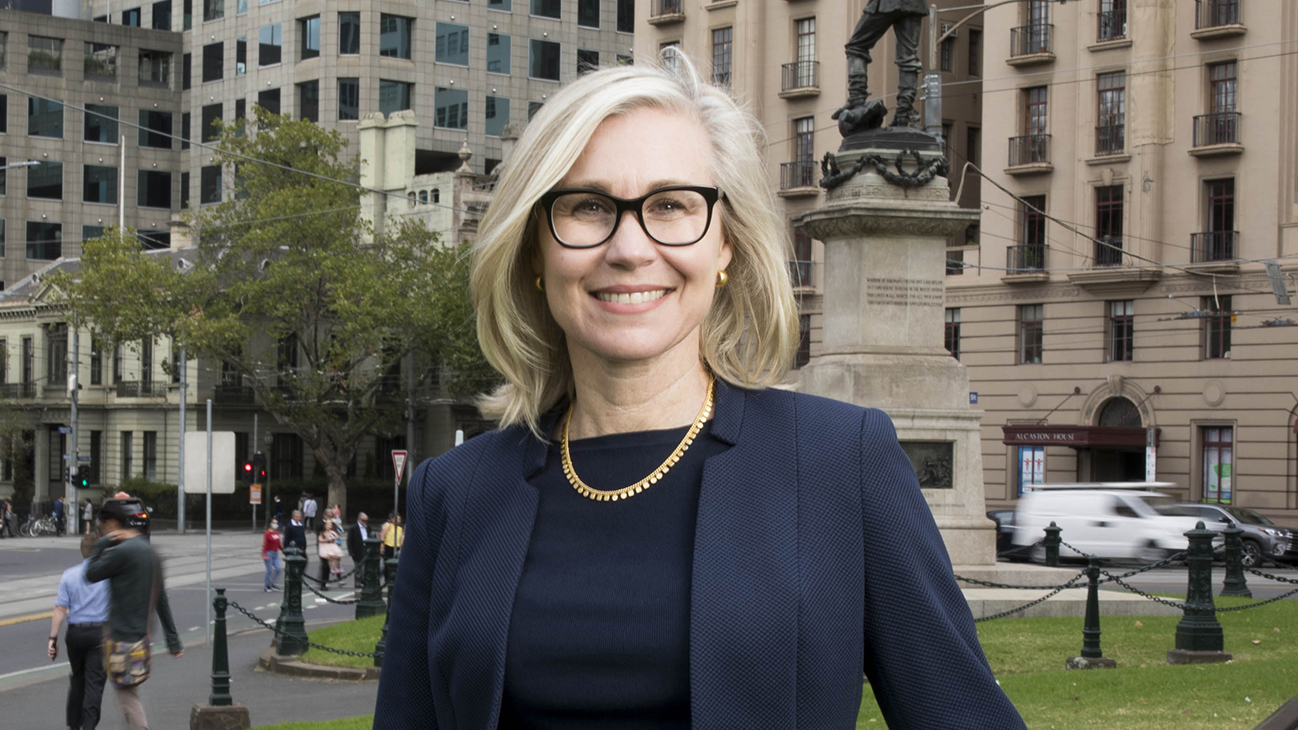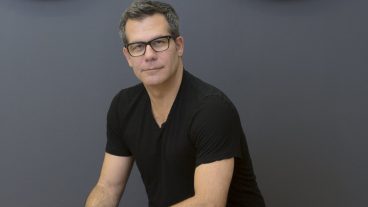Jennifer Keesmaat is passionate about creating places where people flourish. As the former chief planner for the City of Toronto, this renowned urbanist is now leveraging her expertise to rethink housing and build more affordable cities through her new endeavor, Markee Developments.
As the co-founder of Markee Developments, Jennifer, along with her team, is dedicated to building affordable housing. Through her inaugural project in Toronto, Tyndale Green, she is hoping to set a new precedent for building more livable communities within cities. Design excellence, heritage preservation, environmental sustainability, walkability, and, of course, livability were key drivers behind the design concept.
Tyndale Green will include new residential homes, a daycare facility, and a community recreation centre, that will be built on what is today predominantly a mix of surface parking lots and underused land. The adjacent ravine will be preserved to enhance this vibrant, mixed-use community.
Jennifer was recently profiled in Designlines magazine to discuss how she transitioned into development, and how she hopes to transform cities through her people-focused lens.
Designlines: What motivated you to become a developer?
Jennifer Keesmaat: I think it’s in my DNA. I’ve always loved to take things from the big picture to the very endpoint, and that’s what you get to do as a developer, right? You get to take something from an idea to handing someone the keys, then see them move into a community.
One of my other big motivations was the recognition that there’s a gap in how we’re delivering housing in Canada, and that it’s possible to design, build and deliver housing in a way that’s driven by inclusion and the broader public interest. It’s those dual motivations that drew me into this space. Creating this company is a way to fill that gap.
DL: For all the new homes being built, Toronto is a deeply unaffordable city. The cost of development — from land to labour and construction materials — are continuing to rise while housing becomes more deeply enmeshed with finance and investment as an asset class. So how does the business model make affordable housing work?
JK: With Markee, we’ve created a model that delivers housing affordability through the avoidance and reduction of certain costs — namely land costs — by partnering with landowners that have an interest in building affordable housing. If we don’t have a like-minded partner, the model doesn’t work. But the good news is, there’s a tremendous number of potential partners who fit this category, including the City of Toronto itself. We’re a suburban city; we’ve got a tremendous number of single-storey libraries and low-rise recreation centres with massive parking lots. Why wouldn’t we put that parking below grade and reduce it — in most instances, we’ve actually overbuilt parking — and then build taller structures on those sites? We avoid the cost of the land in order to deliver the affordable housing.
When you look at the land that’s owned by a government agency, whether it’s Infrastructure Ontario, Metrolinx, the provincial government, the City of Toronto, or Toronto Hydro, it adds up to a lot of land, so there’s a significant opportunity for integrating affordable housing into the fabric of the city.
DL: The Tyndale Green project integrates the university’s existing buildings — completed in 1960 by the firm Marani, Rounthwaite & Dick — and introduces a new mixed-income residential community, with a design team led by KPMB’s Shirley Blumberg. There’s an obvious level of architectural ambition that we don’t typically see in Toronto housing, and a different type of design language. How did you arrive at that?
JK: Over the course of the past 20 years, I’ve had the great honour of being able to travel to communities all over the world, and I’ve frequently been able to get a behind-the-scenes look at how affordable housing is provided. Whether it’s Sydney or Vienna, I’ve seen best practices on an international scale for affordable housing, and I will tell you that there isn’t anyone I know who would look at these communities and not want to live in them. Often, what’s being delivered in these affordable communities is of an even higher design quality than what the private sector is doing in Canada.
I kept asking the question: what if did that here? What if we didn’t say, ‘well, if you get affordability, then you get poor material quality,’ or, ‘If you get affordability, then you get poor sites that are not a part of complete communities.’ What if we said, ‘We’re going to create affordable and completely inclusive communities, and they’re going to be driven by design experts, and they’re going to be sustainable, and the affordable elements of those communities will stay affordable in perpetuity’? What if we took all of our highest aspirations for city building and brought them into the discourse around affordable housing? That’s what we’re trying to do.
Named one of the “most powerful people in Canada” by Maclean’s, one of the “most influential” by Toronto Life, and one of the top Women of Influence in Canada, Jennifer Keesmaat is celebrated for her forward thinking and collaborative approach to city-building. She shares her vision for the cities of the future, focusing on a people-centric approach that makes cities affordable and livable again.
Interested in learning more about Jennifer and what she can bring to your event as an in-demand keynote speaker? Email us at [email protected].




